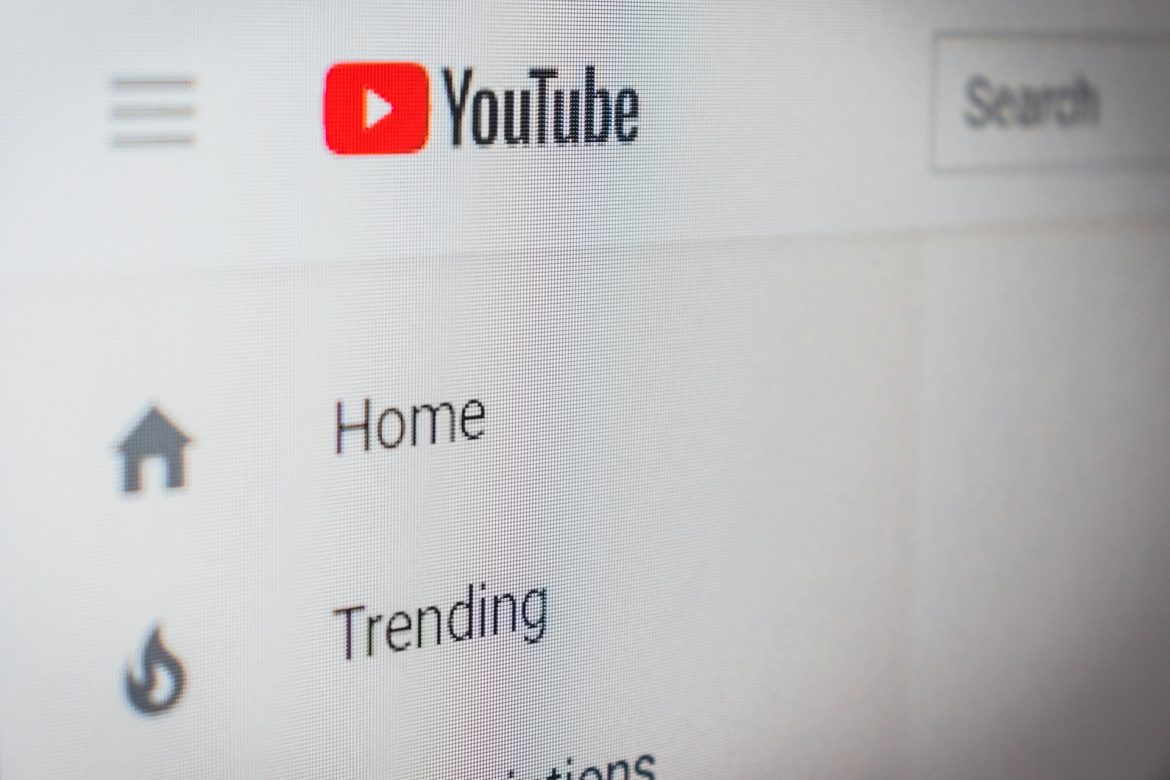The vast majority of apps, websites, and internet services offer free access to users, with the “price to pay” being not just our data but enduring advertisements as we navigate the internet. This includes video ads, banners, and interruptions during content playback among other forms.
This trend of increasing advertisements is becoming more prevalent, meaning more ads are popping up wherever we look online. Behind every click, new tab, or login, users are forced to endure this unpleasant ordeal.
YouTube, one of the platforms that has increasingly succumbed to this trend over recent years, has progressively incorporated more advertisements. Initially, Google’s video platform introduced advertising at the beginning of video playback, requiring viewers to watch a several-second-long ad to view a complete video.
The approach then escalated. It became standard for two separate ads to appear before the video starts. And, as if that wasn’t enough, YouTube also began including ads midway through longer videos, leading to advertising breaks while watching.
According to Google executive Philipp Schindler, as announced in Alphabet’s latest earnings presentation, the company is experimenting with new ways to embed advertisements. Specifically, ads now start playing on many YouTube accounts when a video is paused.
“In the first quarter, we saw strong traction with the introduction of a pause ad pilot on connected TVs, a new non-intrusive ad format that appears when users pause their organic content,” explained Schindler.
This strategy is a way for YouTube to generate more revenue from advertisers. Interestingly, advertisers are willing to pay for ads that play when a user pauses a video, typically when they divert their attention from the screen for various reasons.
This means the advertisements would appear precisely when users are likely not looking at the screen, which seemingly makes little sense. Another aspect that has particularly irked users is that if an ad starts playing after you’ve paused a video and you return before it finishes, you’re forced to watch the advertisement to the end.
Google has declared that the new measure has been successful in the regions where it has been tested, suggesting that this change will soon be implemented across all YouTube accounts.



